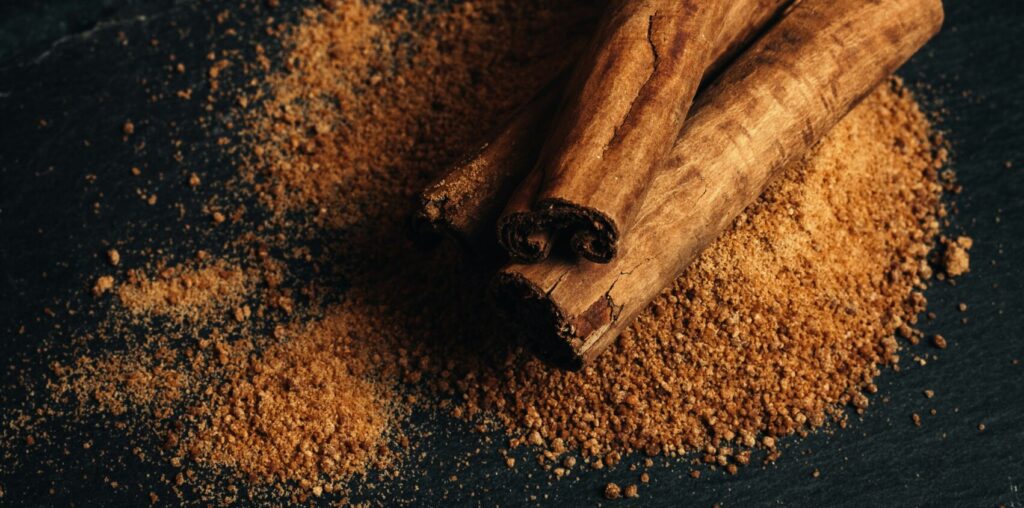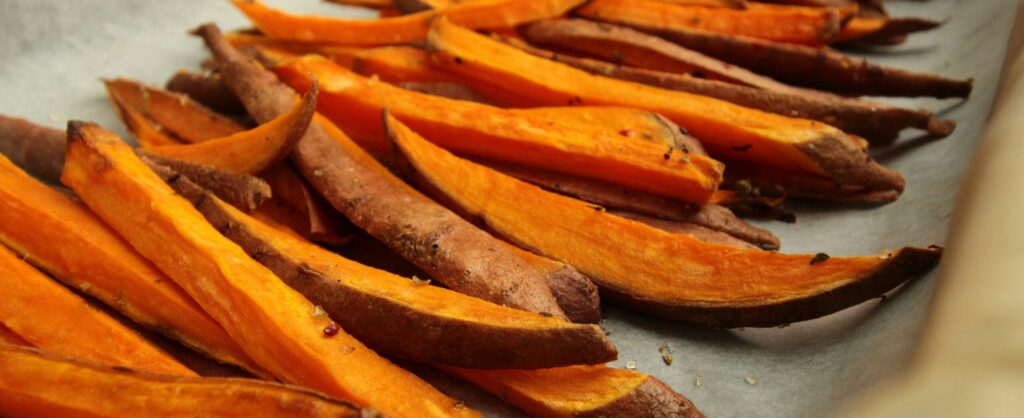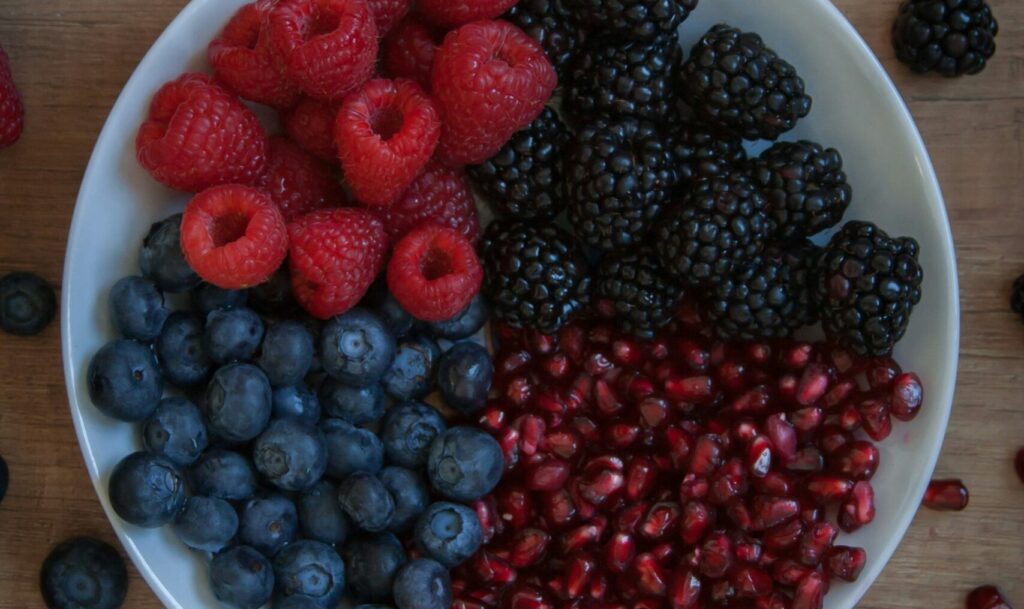Keeping your blood sugar steady doesn’t have to feel complicated—or like a constant balancing act. Small changes in what you eat, how you combine foods, and the order in which you eat them can have a meaningful impact on your glucose levels. From meal sequencing to thoughtful food choices and lifestyle habits, there are practical, evidence-based strategies you can implement to support stable blood sugar throughout the day.
In this post, we’ll explore simple yet powerful ways to regulate blood sugar through nutrition, the value of a low-glycemic diet, lifestyle factors like exercise, stress management, and sleep, as well as how individualized guidance from a naturopathic doctor can help you take your blood sugar control to the next level. Whether you’re just starting your journey or looking for ways to fine-tune your current habits, these tips can help you make informed choices that support long-term metabolic health.

Nutritional Strategies for Blood Sugar Regulation
Managing blood sugar doesn’t have to feel like a chore. Small tweaks to what you eat, and even the order you eat it it, can make a big difference. Here are some practical, evidence-based strategies to help keep your glucose levels steady throughout the day.
- Start with Your Greens: One simple trick – eat your vegetables first. Filling half your plate with leafy greens, broccoli, or peppers before diving into starchy foods can slow digestion and the absorption of carbohydrates. This helps prevent sharp spikes in blood sugar after meals and supports a more balanced insulin response. Think of it as giving your body a gentle warm-up before the main event.
- Add More Protein: Protein is more than just a building block for muscles, it’s also a key player in stabilizing blood sugar. Including a variety of protein sources such as lean meats, poultry, fish, eggs, dairy, beans, lentils, tofu, or nuts at every meal can help blunt post-meal glucose rises and keep you feeling full longer. Plant-based proteins additionally bring heart-healthy fiber and phytonutrients, making them a win-win for overall metabolic health.
- Embrace Lentils and Legumes: Legumes are a powerhouse for blood sugar control. Lentils, chickpeas, and black beans are packed with fiber and protein, which slow the absorption of carbs and improve insulin sensitivity. Adding a serving or two of legumes to your meals each week can help keep your glucose steady without feeling like a major dietary overhaul.
- Sprinkle a Little Cinnamon: Cinnamon isn’t just a tasty spice, it may also help improve blood sugar balance. Adding it to your morning water, coffee, or oatmeal is an easy, flavorful way to support healthy glucose levels.
- Get Creative with Resistant Starch: Not all carbs are created equal. Resistant starch is a type of carbohydrate that resists digestion in the small intestine, feeding beneficial gut bacteria instead. This slows the rise of blood sugar after meals. A simple way to add resistant starch: cook rice or potatoes, let them cool in the fridge, and then enjoy them cold or reheated. The cooling process changes their structure, making them a resistant starch and lowering their glycemic index.
- Steer Clear of Simple Carbs: Pastries, sugary drinks, and table sugar are quick to spike blood sugar and create extra demand on insulin. Choosing whole foods, like vegetables, whole grains, and legumes, helps keep your glucose more stable and supports long-term health.
- Don’t Drink Coffee on an Empty Stomach: Coffee first thing in the morning can raise cortisol and blood sugar in some people. Pairing it with breakfast or a small snack can help your body handle the caffeine without an unnecessary glucose spike.
- Move After Meals: A short walk or light activity after eating can significantly reduce post-meal glucose spikes by helping your muscles absorb circulating sugar. Even 10–15 minutes of movement can make a big difference.
- Limit Late-Night Eating: Eating large meals right before bed can interfere with blood sugar regulation, since the body is less insulin-sensitive at night. Aim to have your last meal a few hours before sleep, and if you need a snack, choose something light with protein and fiber.

The Value of a Low-Glycemic Diet
Choosing low-glycemic foods is one of the most effective strategies for keeping blood sugar steady. The glycemic index (GI) measures how quickly a food raises blood glucose levels, with higher numbers causing faster spikes. By favoring low-GI foods, you reduce the frequency and intensity of these spikes, helping to support stable energy levels, improved insulin response, and overall metabolic health.
Simple swaps can make a big difference. Consider replacing higher-GI foods with these lower-GI alternatives:
- White bread → whole-grain or sprouted bread
- Potatoes → sweet potatoes
- Regular pasta → lentil or chickpea pasta
- Soda or sugary drinks → sparkling water with a splash of citrus
- Tropical fruit juice → berries, apples, or pears
Natural sweeteners can also play a role in a low-GI eating plan. Stevia and monk fruit, for instance, have a glycemic index of zero, meaning they do not raise blood sugar at all. Other options, such as agave or dates fall on the lower end of the glycemic scale, making them preferable to refined sugar. For those seeking to maintain a whole foods approach without added sweeteners, fresh and frozen fruits provide natural sweetness along with fiber, vitamins, and antioxidants, offering a delicious way to satisfy a sweet craving while keeping blood sugar stable.
For those looking to take their blood sugar management to the next level, using a continuous glucose monitor (CGM) can be a game-changer. A CGM provides real-time data on how your body responds to different foods, activities, and lifestyle factors, giving you individualized insights. This personalized approach can reveal which seemingly healthy foods spike your blood sugar and help you fine-tune your diet in a way that works specifically for your body, making low-glycemic eating even more effective.

Lifestyle Factors That Support Blood Sugar Regulation
Nutrition is only part of the picture – how you move and care for your body plays a huge role in blood sugar control. Regular physical activity helps your muscles use glucose more efficiently, reducing the burden on insulin and improving overall metabolic health. Building and maintaining muscle mass is particularly protective against insulin resistance, which is why incorporating resistance or weight training into your routine is so important. Even moderate strength exercises, like bodyweight squats, resistance band work, or lifting weights a few times a week, can improve glucose uptake and help stabilize blood sugar.
Aerobic exercise, such as brisk walking, cycling, or swimming, complements strength training by increasing cardiovascular fitness and enhancing the body’s ability to regulate blood glucose over time. Combining both forms of exercise creates a powerful synergy: your muscles become more efficient at clearing glucose from the bloodstream, and your body’s insulin response improves. Even small, consistent bouts of activity like taking the stairs, going for short walks after meals, or doing quick home workouts can make a meaningful difference in blood sugar regulation.

Stress Management and Sleep: Hidden Factors in Blood Sugar Control
Stress and sleep often fly under the radar when it comes to blood sugar regulation, but they can have a profound impact. Chronic stress triggers the release of cortisol, a hormone that can increase blood glucose and make it harder for insulin to do its job. Incorporating stress-reduction practices – such as meditation, deep breathing exercises, yoga, or even short daily walks – can help lower cortisol levels and improve glucose control.
Sleep is equally crucial. Poor or insufficient sleep disrupts the body’s hormonal balance, increasing insulin resistance and making it more difficult to maintain steady blood sugar levels. Prioritizing consistent, high-quality sleep (aiming for 7–9 hours per night) supports metabolic health, reduces cravings for high-sugar foods, and enhances energy for physical activity. Together, stress management and adequate sleep form a foundation that allows nutritional strategies and exercise routines to work more effectively, helping you maintain stable blood sugar throughout the day.

When Lifestyle Changes Aren’t Enough
For some people, even the most thoughtful nutrition choices and consistent lifestyle habits may not fully control blood sugar. Genetics, family history, and individual metabolic differences can all influence how the body responds to diet, exercise, and stress management. That’s where Naturopathic Doctors can help. With a wide range of tools available to help individuals navigate blood sugar dysregulation, Naturopathic Doctors can help determine which strategies are best for you based on your individual health goals. Some options that go beyond nutrition and lifestyle interventions may include herbal strategies like berberine, supplements like inositol, or pharmaceuticals to improve glycemic control.
If you’re feeling overwhelmed by all the information and aren’t sure where to start, consider booking a consult with one of our Naturopathic Doctors today!
Disclaimer: The content provided on this blog is intended for informational purposes only and should not be construed as medical advice. While we strive to present accurate and up-to-date information, the field of naturopathic medicine is continually evolving, and individual health circumstances vary. Therefore, the information herein may not apply to your specific health situation.
Please be aware that engaging with this blog does not establish a doctor-patient relationship. For personalized medical advice, diagnoses, or treatment plans, we recommend scheduling a consultation with a qualified naturopathic physician or other licensed healthcare provider.
In the event of a medical emergency, contact emergency services immediately.
References
- Papakonstantinou E, Oikonomou C, Nychas G, Dimitriadis GD. Effects of Diet, Lifestyle, Chrononutrition and Alternative Dietary Interventions on Postprandial Glycemia and Insulin Resistance. Nutrients. 2022;14(4):823. doi:10.3390/nu14040823
- Kubota S, Liu Y, Iizuka K, et al. A Review of Recent Findings on Meal Sequence: An Attractive Dietary Approach to Prevention and Management of Type 2 Diabetes. Nutrients. 2020;12(9):E2502. doi:10.3390/nu12092502
- Ch’ng LZ, Barakatun-Nisak MY, Wan Zukiman WZH, Abas F, Wahab NA. Nutritional Strategies in Managing Postmeal Glucose for Type 2 Diabetes: A Narrative Review. Diabetes & Metabolic Syndrome. 2019 Jul-Aug;13(4):2339-2345. doi:10.1016/j.dsx.2019.05.026
- Diabetes Care. Facilitating Positive Health Behaviors and Well-Being to Improve Health Outcomes: Standards of Care in Diabetes-2025. Diabetes Care. 2025;48(Supplement_1):S86-S127. doi:10.2337/dc25-S005
- Zelicha H, Yang J, Henning SM, et al. Effect of Cinnamon Spice on Continuously Monitored Glycemic Response in Adults With Prediabetes: A 4-Week Randomized Controlled Crossover Trial. The American Journal of Clinical Nutrition. 2024;119(3):649-657. doi:10.1016/j.ajcnut.2024.01.008
- Gardner C, Wylie-Rosett J, Gidding SS, et al. Nonnutritive Sweeteners: Current Use and Health Perspectives: A Scientific Statement From the American Heart Association and the American Diabetes Association. Diabetes Care. 2012;35(8):1798–1808. doi:10.2337/dc12-9002.
- Samuel P, Ayoob KT, Magnuson BA, et al. Stevia Leaf to Stevia Sweetener: Exploring Its Science, Benefits, and Future Potential. The Journal of Nutrition. 2018;148(7):1186S–1205S. doi:10.1093/jn/nxy102.
- Ahmad SY, Azad MB, Friel J, MacKay D. Recent Evidence for the Effects of Nonnutritive Sweeteners on Glycaemic Control. Current Opinion in Clinical Nutrition and Metabolic Care. 2019;22(4):278–283. doi:10.1097/MCO.0000000000000566.
- Tey SL, Salleh NB, Henry CJ, Forde CG. Effects of Non-Nutritive (Artificial vs Natural) Sweeteners on 24-H Glucose Profiles. European Journal of Clinical Nutrition. 2017;71(9):1129–1132. doi:10.1038/ejcn.2017.37.
- Nichol AD, Holle MJ, An R. Glycemic Impact of Non-Nutritive Sweeteners: A Systematic Review and Meta-Analysis of Randomized Controlled Trials. European Journal of Clinical Nutrition. 2018;72(6):796–804. doi:10.1038/s41430-018-0170-6.


